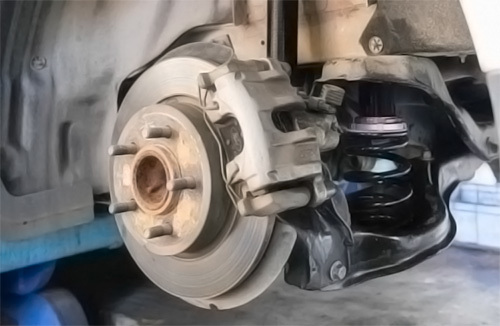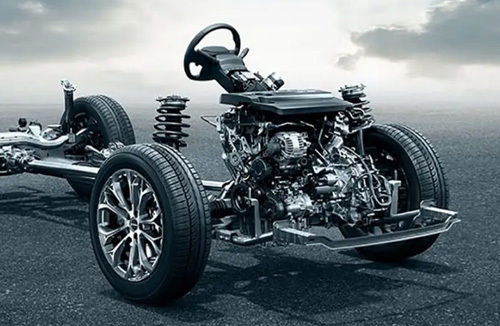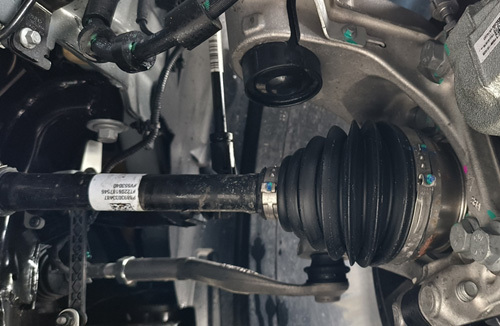08
2024-11
Working principle of piston
When the engine of a car starts, the piston moves up and down in the cylinder, completing four basic processes
When the engine of a car starts, the piston moves up and down in the cylinder, completing four basic processes: suction, compression, detonation, and exhaust.
When the piston moves downwards, the pressure inside the cylinder decreases, the valve opens, and the piston slowly moves downwards from the top of the cylinder, causing the pressure inside the cylinder to decrease. The mixture of gasoline and air is then sucked into the cylinder.
After the intake stroke is completed, the piston begins to move upward, the valves close, and the gasoline and air mixture in the cylinder is compressed. During this process, the pressure and temperature inside the cylinder increase, making the mixture more prone to combustion.
When the piston reaches a high point, the ignition system will emit electric sparks to the mixture in the cylinder, triggering combustion of the mixture and producing high-temperature and high-pressure gas, which will push the piston downwards. This process is crucial for the engine to output power.
After the detonation stroke is completed, the piston moves upward again, opens the exhaust valve, and exhausts the exhaust gas from the cylinder. After the exhaust stroke is completed, the piston returns to its original position and begins the next cycle.
Pistons play a very important role in engines, converting the chemical energy of a mixture into mechanical energy through four processes: intake, compression, detonation, and exhaust, driving the vehicle forward. The structural design and manufacturing quality of pistons have a significant impact on the performance and lifespan of engines.
What are the brake system brackets
2024-11-08
Wind turbine planetary carrier: function, structure, and maintenance methods
2024-11-05
What are the maintenance methods for steering knuckles
2024-11-03



